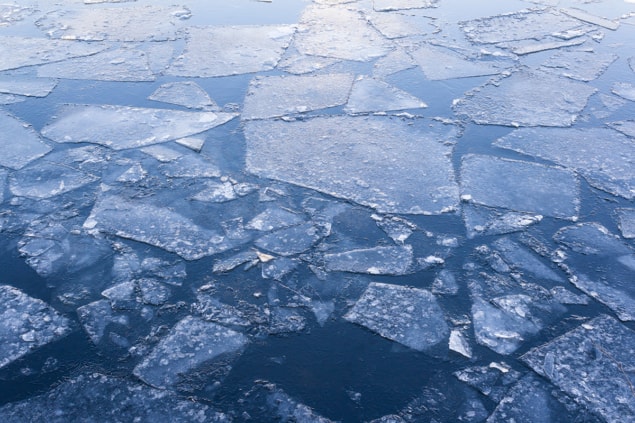
Researchers in the US and Canada have proposed a new indicator to chart the progress of climate change, based on the strength of the Arctic “halocline”.
The indicator describes how easy it is for the colder, fresher, surface waters of the Arctic to mix with the warmer, saltier waters below. It’s linked to the loss of Arctic sea ice, according to the researchers.
“We live in times of big changes in the Arctic, and the change of halocline strength plays one of the key roles,” says Igor Polyakov of the University of Alaska Fairbanks, US. “We cannot paint a complete picture of Arctic changes without knowledge of changes in its parts.”

Late-summer Arctic sea ice could disappear by 2040
The retreat of sea ice is one of the most recognizable effects of climate change, for both scientists and the public alike. Most of the loss appears to be driven by changes in the atmosphere, specifically greater surface air temperatures.
But that is only one half of the story. Atlantic waters funnel into the Arctic via the passageways between Greenland and the Svalbard archipelago, and between the Svalbard archipelago and mainland Norway. These waters carry enough heat to melt all the sea ice several times over. But they don’t cause this melting because the Arctic Ocean contains a natural buffer layer between the colder, fresher waters of the Arctic, and the warmer, saltier waters of the Atlantic. The more pronounced this halocline layer, the harder it is for the two waters to mix.
In 2017, Polyakov and others found evidence that the halocline in the Arctic Ocean’s eastern Eurasian Basin has weakened over recent decades, becoming more similar to that in the western Eurasian Basin, where there has long been less difference in salinity between shallow and deep waters. The researchers suggested that this change stymied the formation of sea ice in winter in the eastern Eurasian Basin. Now, however, Polyakov has gone one step further by proposing that the Arctic halocline strength is an indicator of climate change.
Together with Andrey Pnyushkov at Alaska Fairbanks and Eddy Carmack at Fisheries and Oceans Canada, Polyakov collected water-column observations dating back to the early 1980s, to understand how the role of the Arctic halocline has changed. The team characterized the halocline via the available potential energy — essentially the energy required to mix the waters above and below.
The researchers found that the halocline in the Eurasian Basin has weakened overall, while in the Amerasian Basin, it’s strengthened. This increasing contrast between the available potential energies of the Eurasian and Amerasian basins could be a “new, straightforward climate indicator”, the team writes in Environmental Research Letters (ERL).
Polyakov and colleagues are now working on a new set of data that shows a continuation of changes in the eastern Eurasian Basin. “That is a very exciting part of our life,” says Polyakov.



